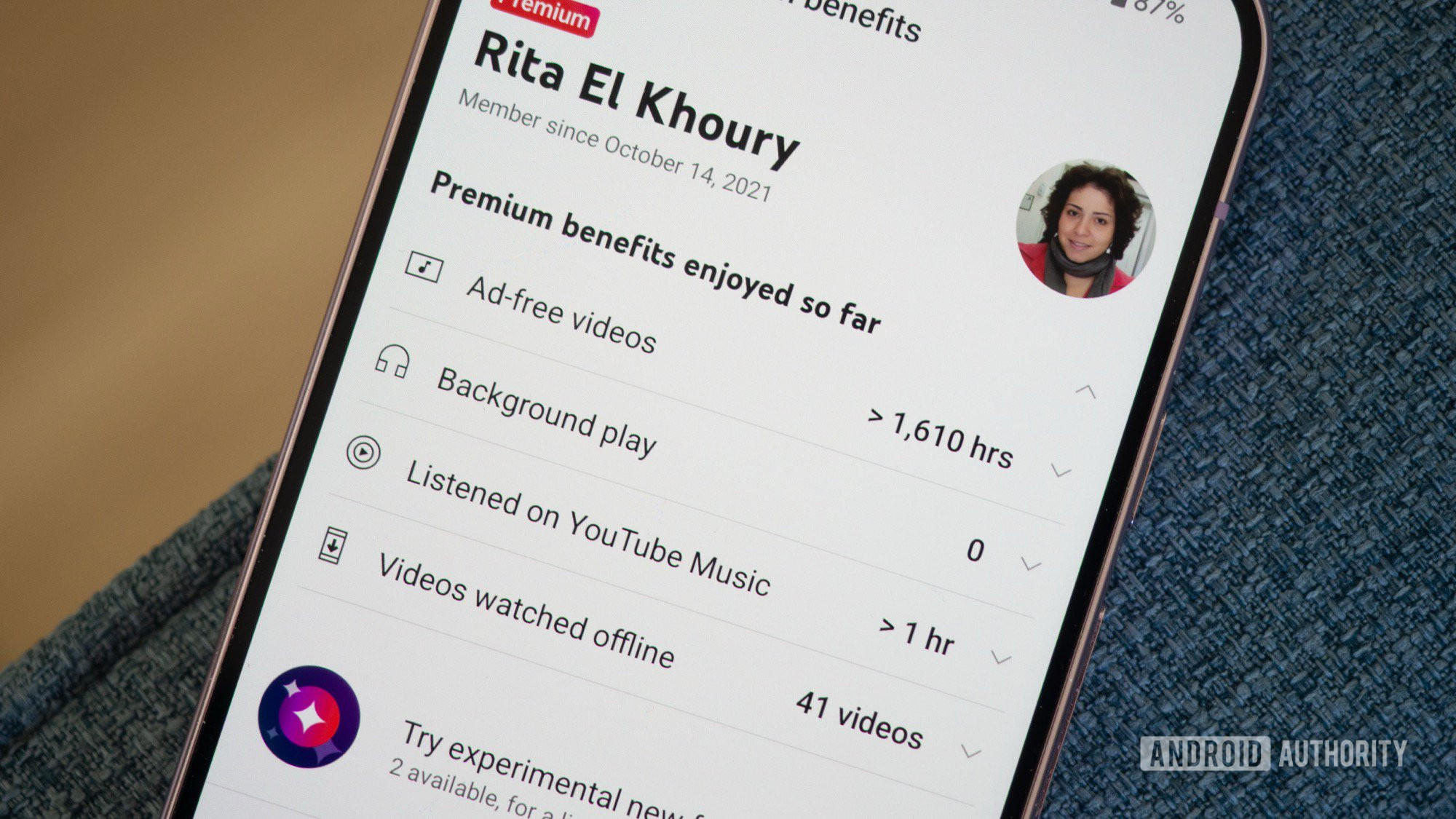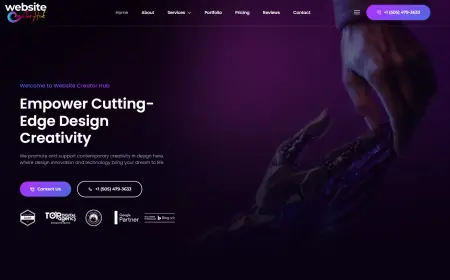Education Advertisement | Online E-Learning Advertising
Education Advertisement | Online E-Learning Advertising
7Search PPC Advertising in the education sector requires a targeted approach to reach prospective students and parents. Measuring the success of your education advertisements ensures that your campaigns are effective and yield a positive return on investment (ROI). This comprehensive guide will explore various metrics and strategies to evaluate the performance of your education ads.
Advertise Now!
Why Measuring Success is Crucial
The Importance of ROI
Understanding the ROI of your education advertisements helps in determining the cost-effectiveness of your campaigns. High ROI indicates that your PPC ads are successfully converting leads into students, while low ROI suggests a need for strategy adjustment.
Continuous Improvement
Measuring success allows for continuous improvement of your e-learning advertising strategies. By analyzing performance data, you can identify what works and what doesn’t, allowing you to optimize your campaigns for better results.
Key Metrics for Measuring Success
Click-Through Rate (CTR)
CTR is a vital metric that indicates how often people click on your ad after seeing it. A high CTR means your ad is appealing and relevant to your target audience.
Conversion Rate
The conversion rate measures the percentage of ad clicks that result in a desired action, such as filling out an inquiry form or enrolling in a course. High conversion rates suggest that your ad effectively drives potential students to take action.
Cost Per Click (CPC)
CPC is the amount you pay each time someone clicks on your ad. Monitoring CPC ads helps in managing your advertising budget and ensuring you’re getting the best value for your money.
Advanced Metrics to Consider
Customer Lifetime Value (CLV)
CLV represents the total revenue you can expect from a student over their lifetime at your institution. Higher CLV indicates that your ads are attracting students who are likely to stay and contribute more value over time.
Return on Ad Spend (ROAS)
ROAS measures the revenue generated for every dollar spent on advertising. A high ROAS indicates that your advertising efforts are paying off, generating more revenue than the cost incurred.
Engagement Metrics
Metrics such as time spent on the landing page, bounce rate, and social shares provide insights into how engaging your ad content is and whether it resonates with your audience.
Tools for Measuring Ad Success
Google Analytics
Google Analytics offers comprehensive tracking and reporting tools that help you measure various aspects of your ad performance, including traffic sources, user behavior, and conversion rates.
Facebook Ads Manager
For education ads on Facebook, the Ads Manager provides detailed metrics on ad performance, including reach, engagement, and conversions, enabling you to fine-tune your campaigns.
7Search PPC Analytics
Using the analytics tools provided by 7Search PPC allows you to track the performance of your ads across different platforms and measure key metrics such as CTR, CPC, and conversion rates.
Strategies for Improving Ad Performance
A/B Testing
Conduct A/B testing by creating multiple versions of your ad to see which one performs better. Test different headlines, images, and calls to action to determine what resonates most with your audience.
Targeting and Segmentation
Ensure your ads are reaching the right audience by using targeted and segmented advertising. Tailor your ads to specific demographics, interests, and behaviors to increase relevance and engagement.
Quality Content
Create high-quality, informative, and engaging ad content that addresses the needs and concerns of prospective students. Use compelling visuals and persuasive copy to capture their attention.
Tracking Long-Term Success
Monitoring Student Retention
An important aspect of measuring the success of your education advertisements is tracking student retention. High retention rates indicate that your ads are not only attracting students but also that they are satisfied with their experience and are likely to stay enrolled.
Alumni Engagement
Monitoring the engagement of alumni can provide insights into the long-term impact of your advertisements. Successful ads often result in strong alumni networks that can further promote your institution through word-of-mouth and referrals.
Leveraging Feedback for Improvement
Student Feedback
Collecting feedback from students about how they discovered your institution and what influenced their decision to enroll can provide valuable insights. Use this feedback to refine your advertising strategies and content.
Surveys and Polls
Regularly conducting surveys and polls among prospective and current students can help you understand their preferences and expectations. This information can guide you in creating more effective and targeted education ads.
Case Studies and Success Stories
Highlighting Success Stories
Showcasing case studies and success stories of students who have benefited from your institution can enhance the credibility and effectiveness of your ads. These stories provide real-life examples of the value your institution offers.
Creating Compelling Case Studies
Develop detailed case studies that highlight the journey of students from discovery through advertisement to successful enrollment and beyond. Include measurable outcomes such as improved career prospects and academic achievements.
Future Trends in Education Advertising
Personalization and AI
The future of education advertising lies in personalization and the use of artificial intelligence (AI). AI can help in creating highly personalized ads that cater to individual preferences and behaviors, increasing the likelihood of engagement and conversion.
Video and Interactive Content
Video and interactive content are becoming increasingly popular in education advertising. These formats can provide immersive experiences that capture the attention of prospective students and convey your institution's unique value proposition effectively.
Mobile-First Advertising
With the growing use of mobile devices, ensuring that your ads are mobile-friendly is crucial. Mobile-first advertising strategies can help you reach a wider audience and engage them more effectively.
Implementing a Comprehensive Measurement Plan
Setting Clear Goals
Before launching your education advertisements, set clear and measurable goals. Whether it’s increasing enrollment numbers, improving brand awareness, or enhancing engagement, having defined objectives will help you measure success accurately.
Regular Reporting and Analysis
Establish a routine for regular reporting and analysis of your ad performance. Use dashboards and reports to track key metrics and trends over time, making it easier to identify areas for improvement and measure progress toward your goals.
Conclusion
Measuring the success of your education advertisements is a multifaceted process that involves tracking key metrics, leveraging advanced tools, and continuously optimizing your strategies. By understanding the importance of ROI, utilizing tools like Google Analytics and 7Search PPC Analytics, and implementing best practices such as A/B testing and targeting, you can create effective education ads that drive engagement, conversions, and long-term success.
Frequently Asked Questions (FAQs)
What is the best metric to measure the success of education advertisements?
Ans: The best metric depends on your campaign goals. CTR, conversion rate, and ROAS are crucial for understanding overall performance, while CLV provides long-term value insights.
How often should I analyze my ad performance?
Ans: Regular analysis, such as weekly or monthly, helps promptly identify trends and make necessary adjustments to optimize your campaigns.
What tools can I use to track my education ads?
Ans: Google Analytics, Facebook Ads Manager, and 7Search PPC Analytics are effective tools for tracking and measuring the success of your education advertisements.
How can I improve the conversion rate of my education ads?
Ans: Improve conversion rates by creating relevant and engaging ad content, using targeted advertising, and conducting A/B testing to identify the most effective ad elements.
Why is A/B testing important for education ads?
Ans: A/B testing allows you to compare different ad versions to determine which performs better, helping you optimize your campaigns for better results.
What's Your Reaction?
 Like
0
Like
0
 Dislike
0
Dislike
0
 Love
0
Love
0
 Funny
0
Funny
0
 Angry
0
Angry
0
 Sad
0
Sad
0
 Wow
0
Wow
0



















































